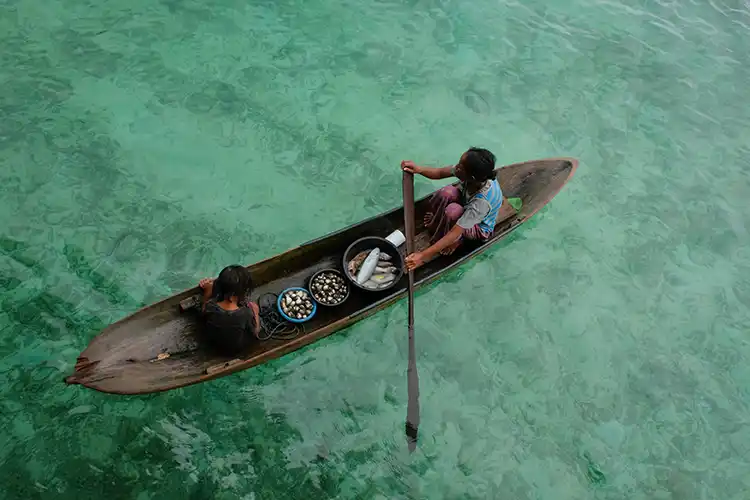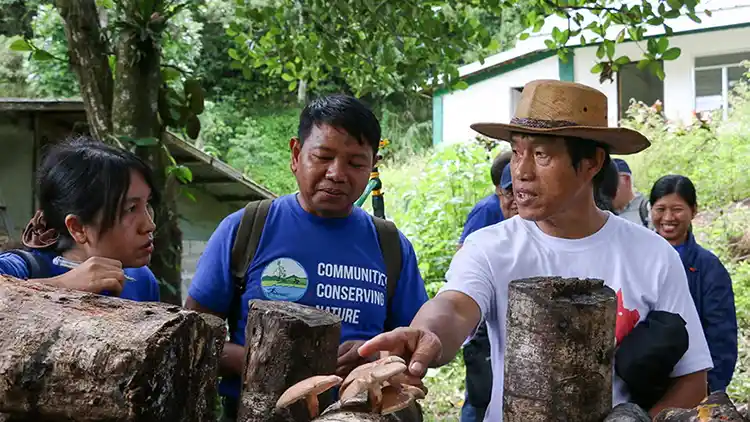
New report warns that the world’s biggest environmental fund isn’t reaching the Indigenous communities best placed to safeguard biodiversity
By
As world leaders gather in Paris this week for the latest Global Environment Facility (GEF) replenishment meetings, new research reveals that a key international fund designed to protect nature is falling short where it’s needed most: on the ground.
The GEF is the world’s largest multilateral fund dedicated to environmental action. Since 1991, it has disbursed over $22 billion to support biodiversity protection, climate change mitigation, and land and ocean conservation in developing countries. Its role has only grown more important in the wake of the Global Biodiversity Framework, which aims to halt and reverse biodiversity loss by 2030.
But a two-year study by the International Institute for Environment and Development (IIED) warns that too little GEF funding is reaching Indigenous Peoples and local communities (IP&LCs) – despite their central role in stewarding the natural world. In the GEF’s sixth and seventh funding rounds, only 24 and 30 per cent of funding, respectively, was targeted at these communities – and even then, often as indirect beneficiaries rather than direct recipients.

‘Not enough money is getting to those who are best placed to protect nature,’ said IIED researcher Nicola Sorsby. ‘The task of restoring and protecting nature is too important to get this wrong.’
The findings highlight deep flaws in the GEF’s processes, including opaque reporting, short-term funding cycles, and a lack of accessible pathways for local organisations to apply for funds. In many cases, communities weren’t even aware of how to access available support.
Researchers drew on data analysis and interviews with community groups in Kenya, Malawi, Vanuatu, the Philippines, and Antigua and Barbuda. One Indigenous organisation in the Philippines reported seeking GEF funding since 2009, without ever finding an open application.
The report calls for a complete overhaul of the GEF’s approach. Recommendations include simplifying application processes, providing longer-term funding, tracking disbursements to grassroots organisations, and scaling up successful models like the GEF’s Small Grants Programme (SGP), which was found to be significantly more effective at reaching communities on the frontlines of biodiversity loss.
As governments consider how to finance global nature protection under the new Global Biodiversity Framework Fund, the report urges decision-makers to learn from what’s not working – and build on what is. Sorsby added: ‘Our vision is not just for funds to reach the local level – but for local voices to help shape how that funding is delivered.”
You can read the full IIED briefing here.




